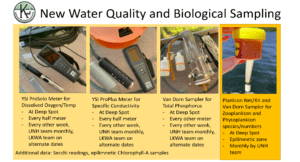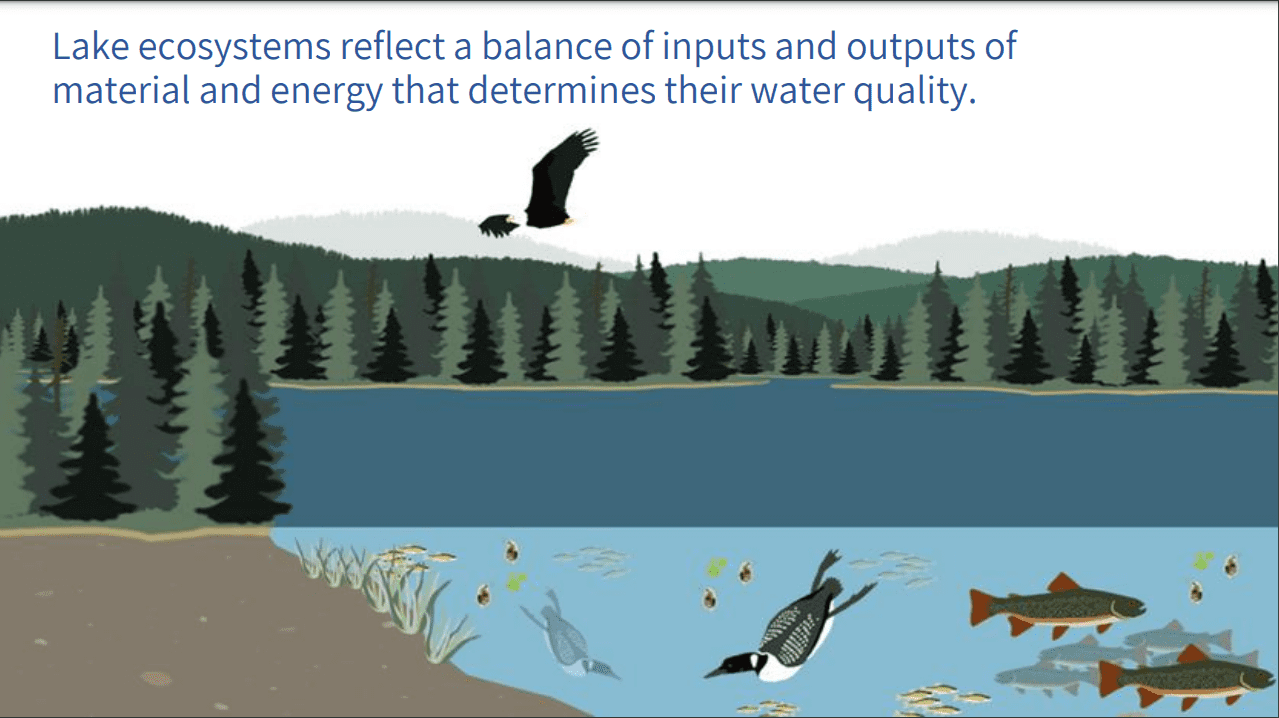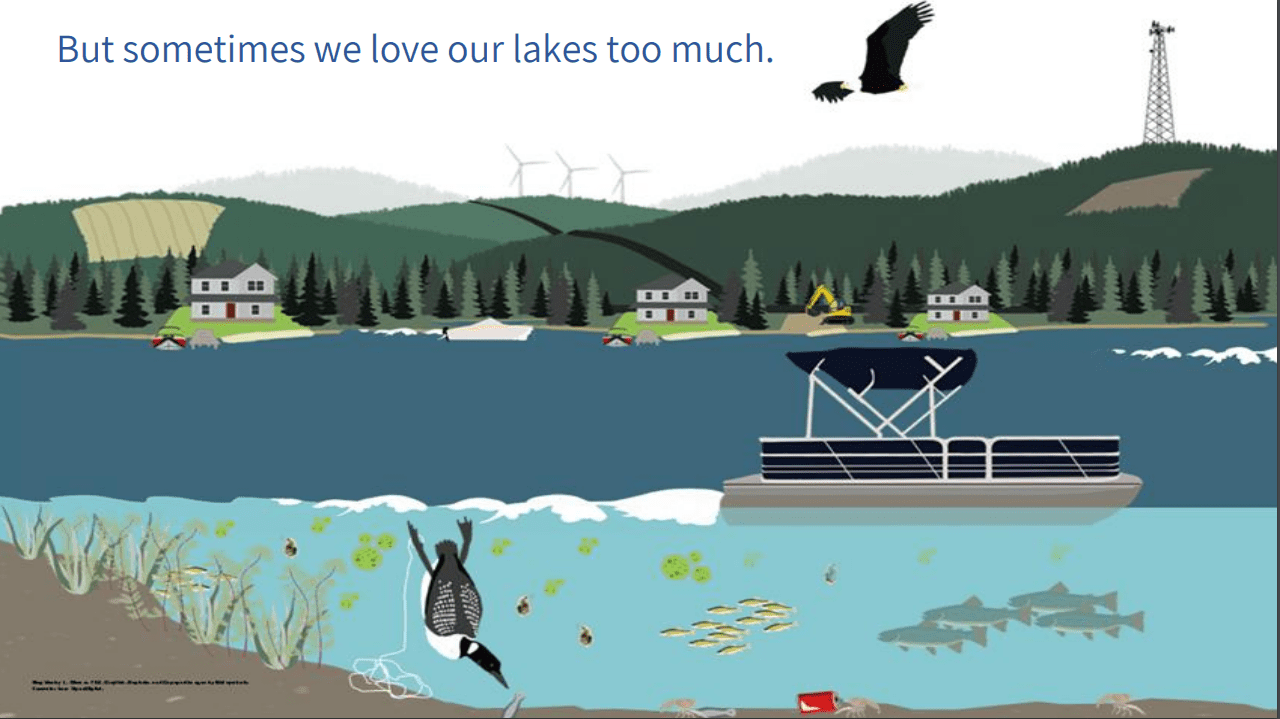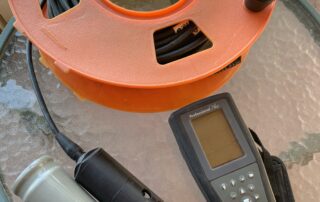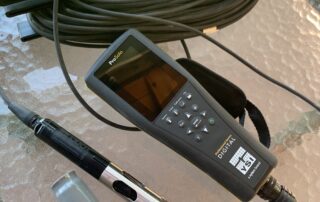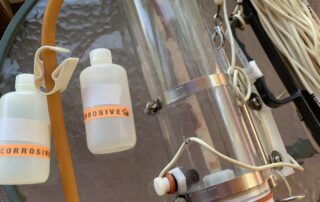Water Quality Monitoring
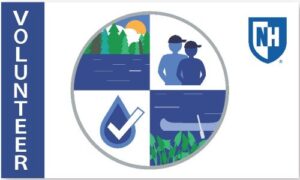
The Lake Kanasatka Association participates in the Lakes Lay Monitoring Program (LLMP) which is administered jointly through the UNH Cooperative Extension Natural Resources Program Team and the Center for Freshwater Biology at the University of New Hampshire (UNH). This volunteer-based, citizen science program provides valuable data on the lakes of New Hampshire. More than 1100 volunteers across the state have participated in this program since the beginning of the monitoring efforts in 1979.
LLMP Water Quality Monitoring Reports
Please note that these reports show a summary of information for the last 4 years. When the 2022 reports are available they will be added below. The LLMP Program discontinued creating full reports in 2018, which is why that is the only year where the highlight and full report are shown. To view the reports for waterbodies around the state, use the LLMP Mapper.
 Lake Kanasatka
Lake Kanasatka
2022 Highlight Report
2021 Highlight Report
2020 Highlight Report
2019 Highlight Report
2018 Highlights/ Full Report
Wakondah Pond
2022 Highlight Report
2021 Highlight Report
Water Quality Presentations
July 2022
July 2021
July 2019
July 2018
Photos courtesy of Laura Diemer, FBE
Thank you to UNH for loaning LKWA the water quality monitoring equipment in the photos below!
Update: Latest Cyanobacteria Advisory
Lake Kanasatka was resampled yesterday, 9/18/2022. Thank you to the volunteers who are helping with resampling efforts! The cyanobacteria density in samples from three spots around the lake have improved. The samples from near the Dam and Sandy Cove were around 6,000 cells/mL, and the sample near Kilnwood had around 12,000 cells/mL. Overall, folks have reported that the water remains cloudy in many areas, but are not seeing surface scums. The wind has also reportedly been blowing in different directions, which may be moving the more concentrated cyanobacteria material in different places than is typically observed. We will be keeping the advisory active for another week to make sure the event has fully passed. Please keep signs posted at public access points. NHDES will review samples again at the end of this week, or early next week. If people ask for updates on the current cyanobacteria advisory status, please direct them to the Beach Advisories Mapper. If you click on the advisory symbol, you can see our most recent sampling date. When advisories are lifted, the red symbol for the waterbody will no longer be on the map. Please forward to other residents / community members around the waterbody, and provide me with any contacts [...]
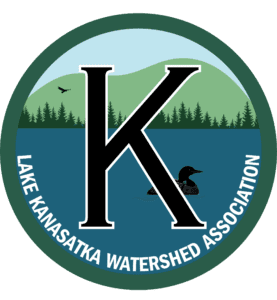
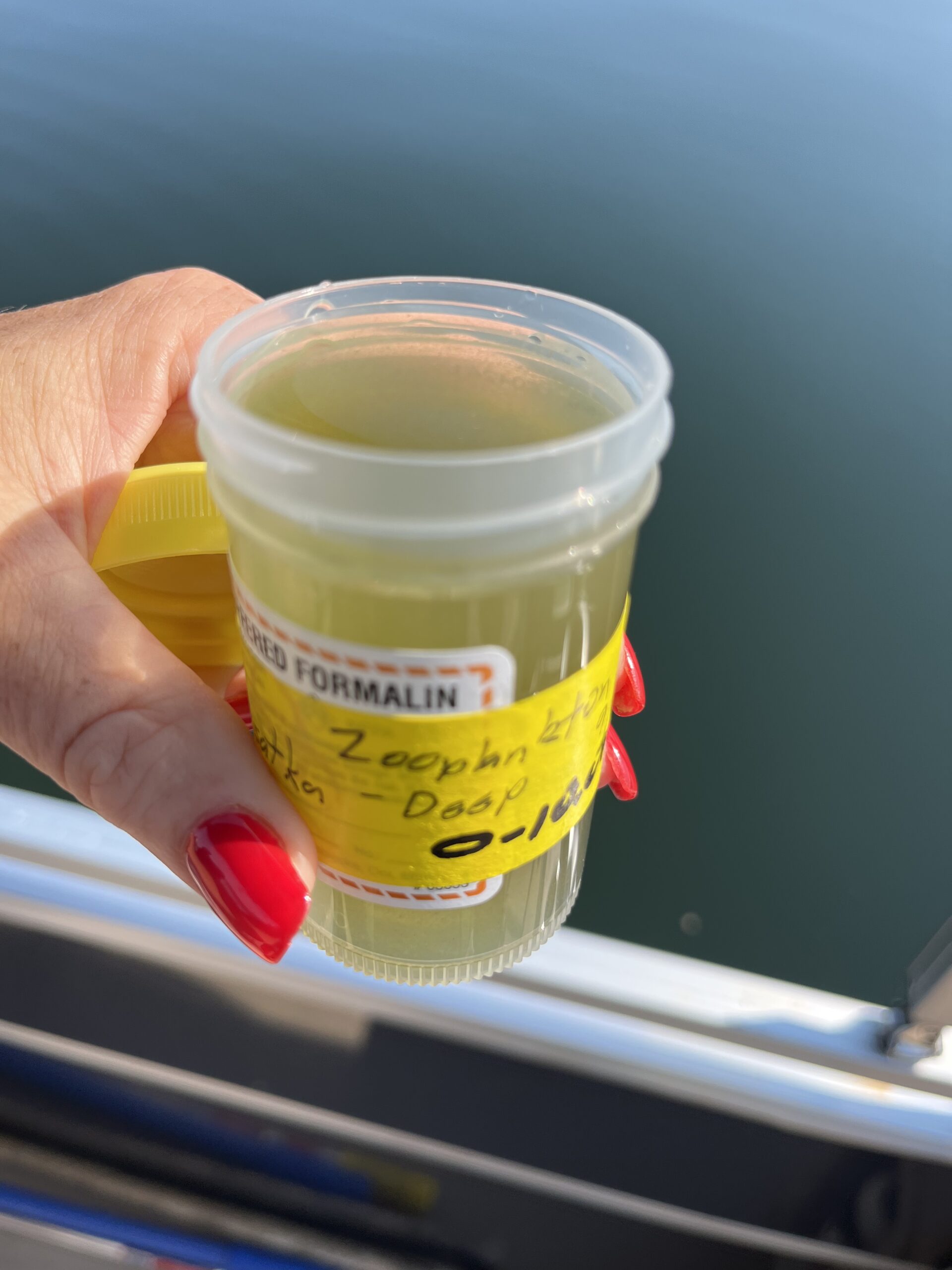
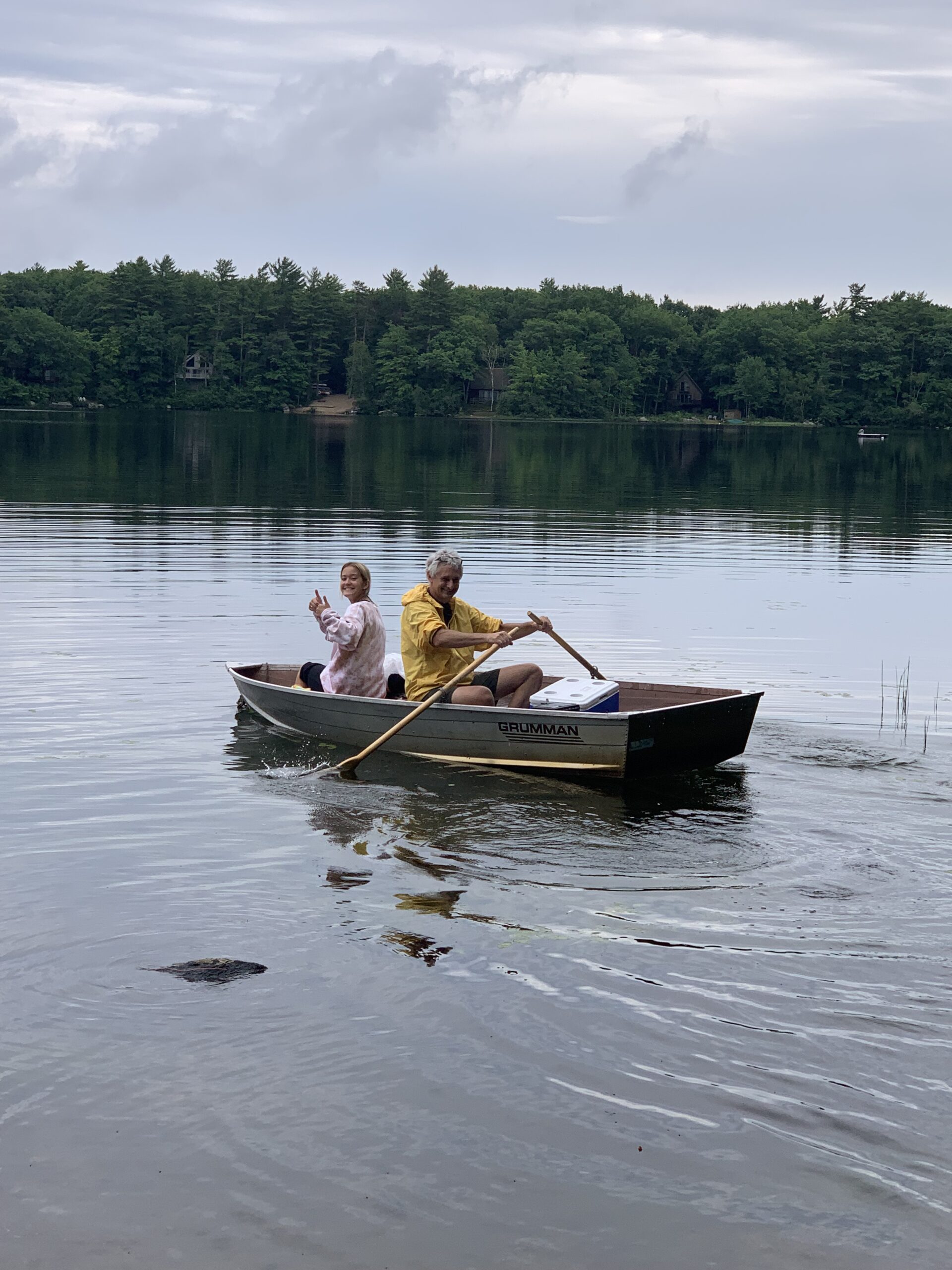

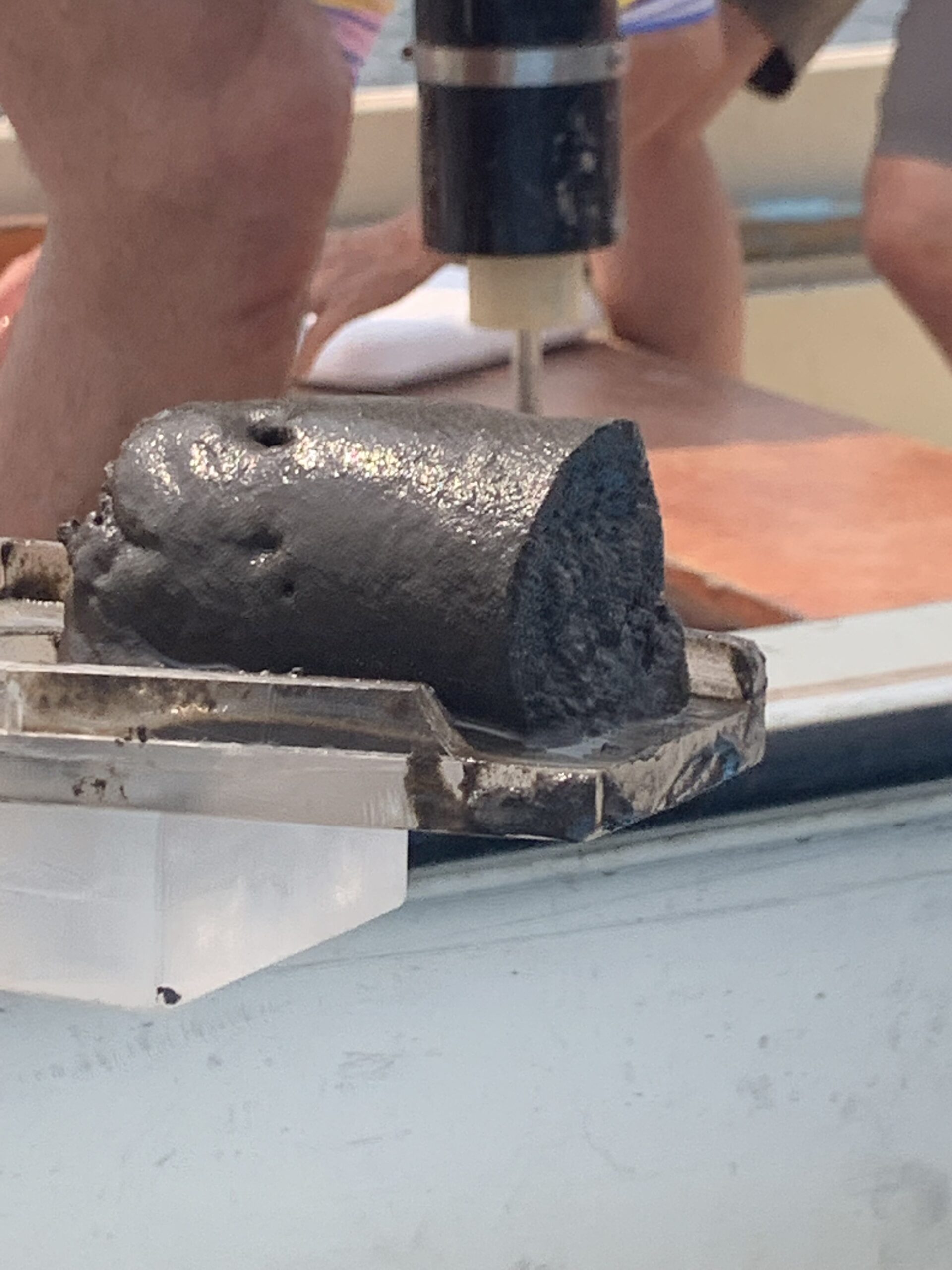
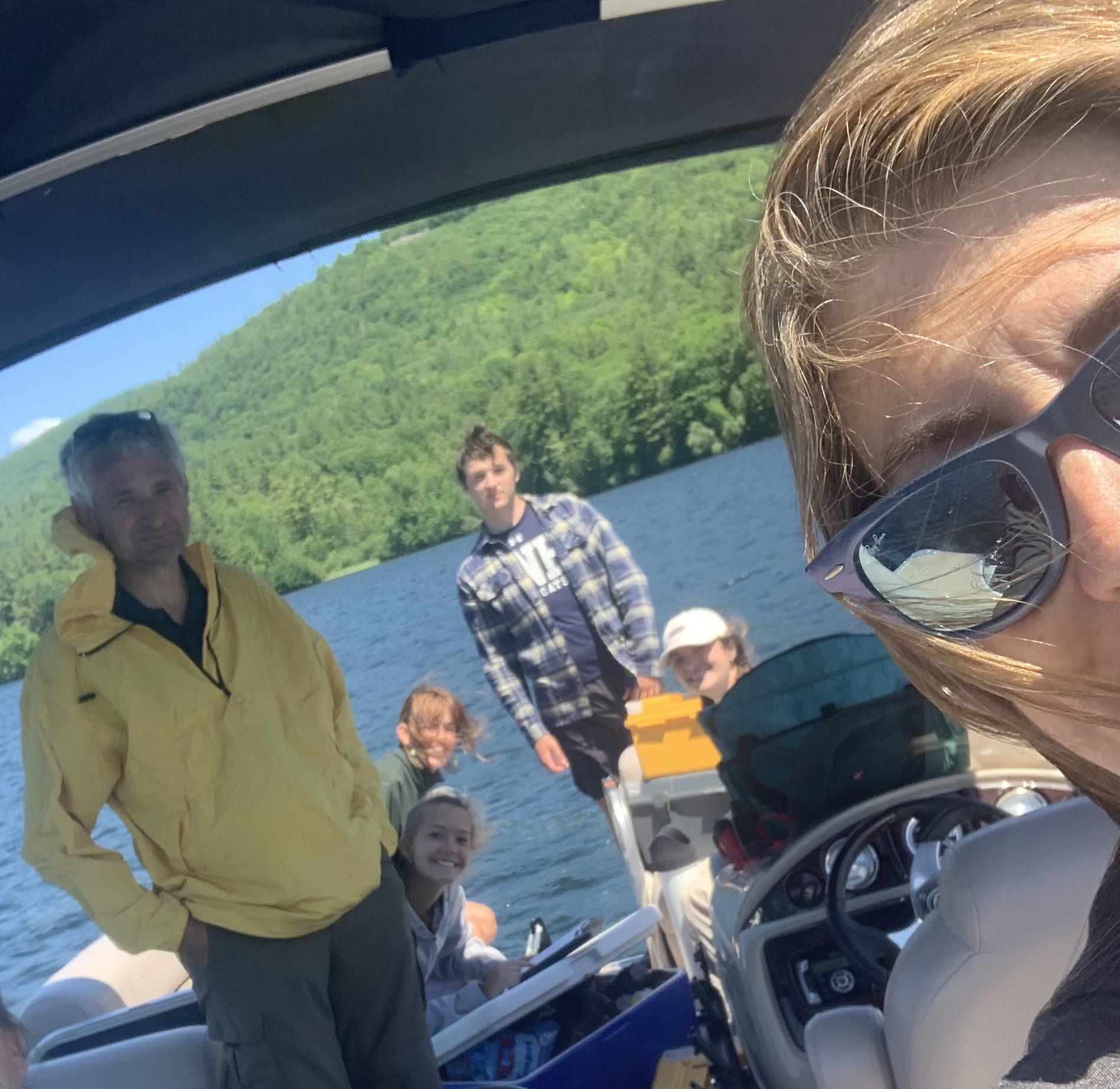

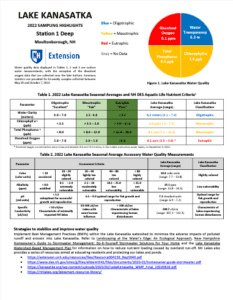 Lake Kanasatka
Lake Kanasatka